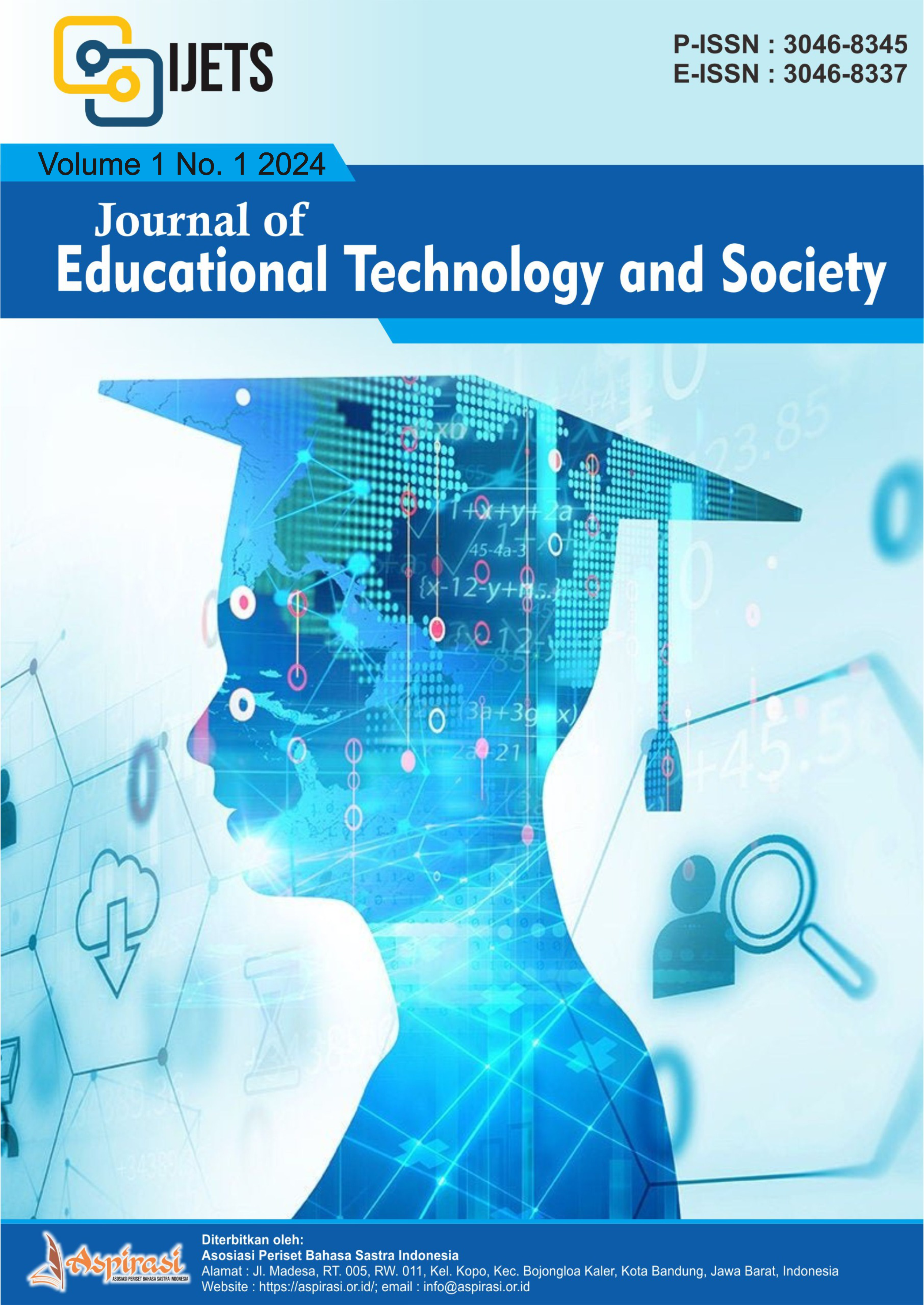The Evolving Landscape Of Multimodal Transportation: Preparing Indonesian Cadets For The Future
DOI:
https://doi.org/10.61132/ijets.v1i1.20Keywords:
Multimodal Transportation, Indonesian Cadets, Transportation Education, Problem-Solving Skills, Emerging TechnologiesAbstract
This research explores the preparedness of Indonesian cadets in multimodal transportation, focusing on 50 cadets from a transportation institution in Jakarta. Qualitative methods, including interviews and focus groups, were used to assess their knowledge, skills, and adaptability to emerging trends and technologies. The findings indicate that while cadets demonstrate a strong understanding of key concepts and principles, there are areas for improvement, particularly in problem-solving skills and adaptability to new technologies. Recommendations include enhancing problem-solving skills, incorporating training on emerging technologies, fostering collaboration and interdisciplinary learning, providing continuous professional development opportunities, strengthening industry-academia collaboration, evaluating and updating curriculum regularly, and promoting lifelong learning and professionalism. These recommendations aim to enhance the preparedness of Indonesian cadets and ensure that educational programs align with the evolving needs of the transportation industry.
References
Berg, H. P. (2013). Human factors and safety culture in maritime safety. Marine Navigation and Safety of Sea Transportation: STCW, Maritime Education and Training (MET), Human Resources and Crew Manning, Maritime Policy, Logistics and Economic Matters, 107, 107–115.
Castleberry, A., & Nolen, A. (2018). Thematic analysis of qualitative research data: Is it as easy as it sounds? Currents in Pharmacy Teaching and Learning, 10(6), 807–815.
Chakroborty, P., & Das, A. (2017). Principles of transportation engineering. PHI Learning Pvt. Ltd.
Chilisa, B. (2019). Indigenous research methodologies. Sage publications.
Darlington, Y., & Scott, D. (2020). Qualitative research in practice: Stories from the field. Routledge.
Green, M. C. (2021). Transportation into narrative worlds. Entertainment-Education behind the Scenes: Case Studies for Theory and Practice, 87–101.
Kim, H., Sefcik, J. S., & Bradway, C. (2017). Characteristics of qualitative descriptive studies: A systematic review. Research in Nursing & Health, 40(1), 23–42.
Kortüm, G. (2012). Reflectance spectroscopy: principles, methods, applications. Springer Science & Business Media.
Litman, T. (2016). Transportation affordability. Transportation, 250, 360–1560.
Meyer, M. D. (2016). Transportation planning handbook. John Wiley & Sons.
Sharma, A., Kim, T., Nazir, S., & Chae, C. (2019). Catching up with time? Examining the STCW competence framework for autonomous shipping. Proceedings of the Ergoship Conference, Haugesund, Norway, 24–25.
Villani, C. (2021). Topics in optimal transportation (Vol. 58). American Mathematical Soc.
Walker, T. R., Adebambo, O., Feijoo, M. C. D. A., Elhaimer, E., Hossain, T., Edwards, S. J., Morrison, C. E., Romo, J., Sharma, N., & Taylor, S. (2019). Environmental effects of marine transportation. In World seas: an environmental evaluation (pp. 505–530). Elsevier.
Willig, C. (2014). Interpretation and analysis. The SAGE Handbook of Qualitative Data Analysis, 481.
Downloads
Published
How to Cite
Issue
Section
License
Copyright (c) 2024 International Journal of Educational Technology and Society

This work is licensed under a Creative Commons Attribution-ShareAlike 4.0 International License.





